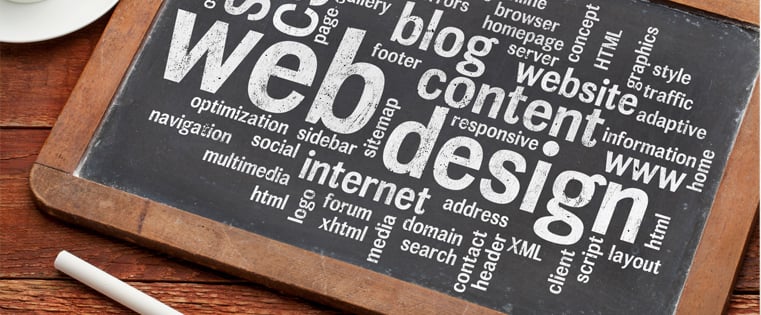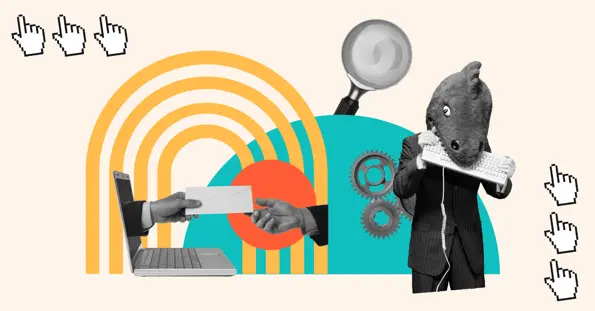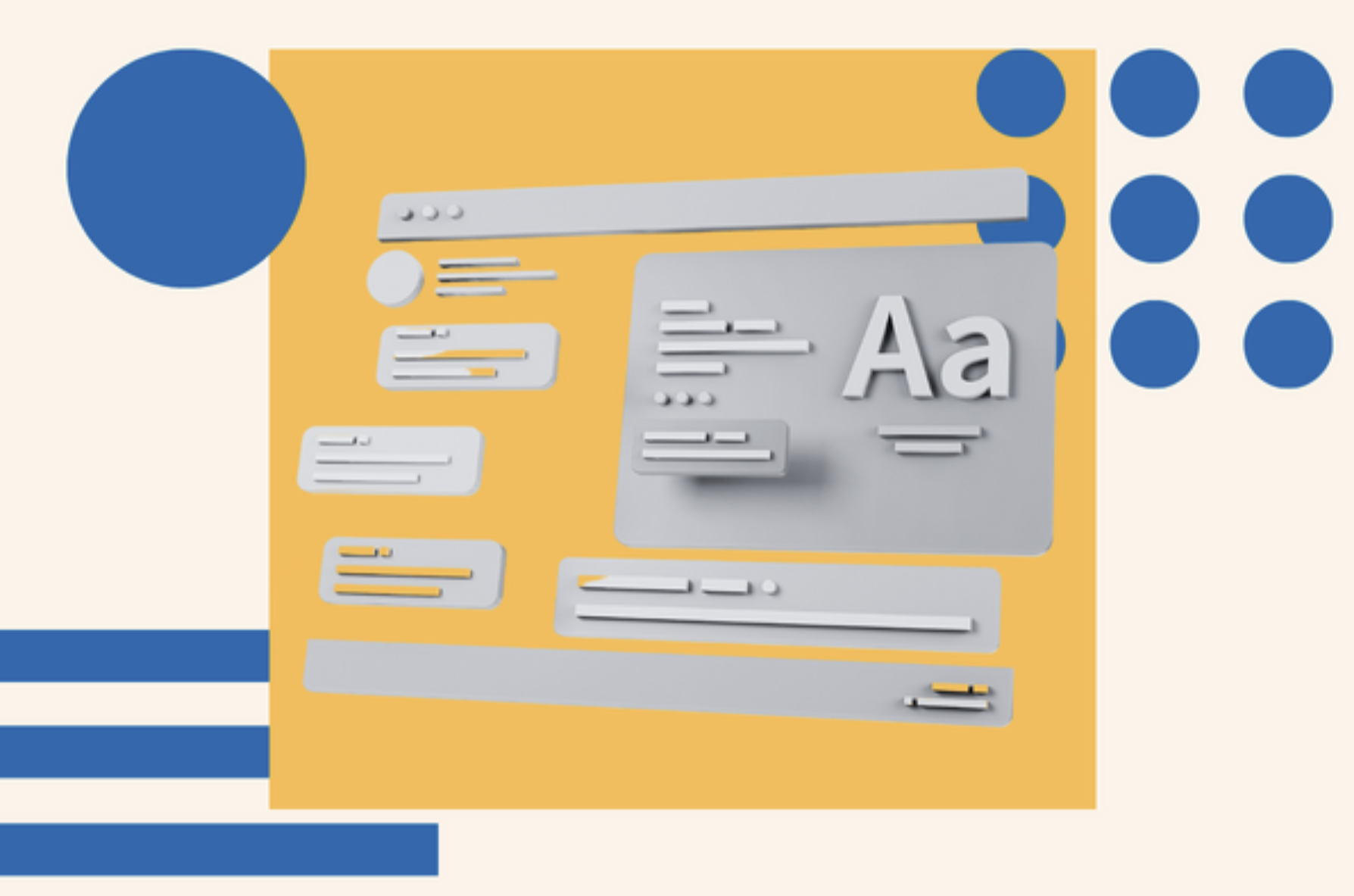Many traditional publishers have prematurely thrown in the towel on digital. “I have a website, but no one wants to advertise on it.” “I have an iPad version of my print magazine, but only a tiny fraction of my audience subscribes.” “I have made pdf’s of all my articles but no one is downloading them.”
The problem is not that content creators cannot make money in digital. The problem is digital facsimiles of print products are not what the customer wants. Data support this. For example, according to the Alliance for Audited Media, digital editions represent only 3.8 percent of total circulation (paid, verified and analyzed nonpaid). Even for the top 25 best selling digital editions, digital accounts for only 12 percent of total circulation.
Digital Is Not a Technical Challenge; It Is a Psychographic Challenge
Many publishers view digital as a technical problem to solve. These companies follow the “if you build it, they will come” mentality. Because they have a digital edition, a website, and maybe even a mobile app, they think “mission accomplished.
The mindset needs to shift. Consumers don’t want a digital edition for the sake of having a digital edition. Digital consumers have a new set of needs, which I bucket in three areas: context, curation, and customization. Content companies need to build products that address these three psychological needs to appeal to the digital consumer.
Customers Want to Consume Content in Any Context
As a digital society, we would definitely fail the infamous “marshmallow test” conducted by Stanford in the late 1960s. Are you familiar with this study? Psychologist Walter Mischel offered a child a choice between one small reward (e.g., a marshmallow) immediately or a larger reward if they waited for a short period. The researchers found that children who were able to wait longer went on to become more successful in life.
The digital consumer wants whatever, whenever, wherever. We’re not willing to wait a month or two for the next issue to arrive in the mail. We’re not willing to wait until we get home to view an article on our desktop because it’s unreadable on our phone. We might get distracted or change our mind if the checkout process is too complex.
To evaluate if you are whatever, whenever, wherever for your audience, start with these three questions:
1) Do You Utilize Responsive Design?
Responsive design is the method of designing web pages that automatically appear in their optimized form on all devices (click here for a more detailed definition from HubSpot). In other words, be where the consumer wants you to be – desktop, mobile, tablet, and whatever comes next.
What does your content look across devices? Check out this website to see. Mobile has surpassed desktop and now represents 51% of traffic. If you are not designing responsively, you are leaving money on the table. Without responsive design, you’ll likely have a large difference in bounce rate (the percentage of visitors who navigate away from your site after viewing only one page) between your desktop and mobile products. You can use Google Analytics to measure bounce rate if you are not doing so already. No one wants to pinch and zoom pdf files to be able to read them on his or her phone. Invest in responsive design.
2) How Fast are Your Page Load Times?
Research by Professor Ramesh Sitaraman found we are only willing to wait two seconds when it comes to video load times. After that, abandonment rates skyrocket. You’ll lose half your audience if load times get to ten seconds. On this theme, Amazon found increased revenue of 1% for every 100 milliseconds improvement to their site speed. Facebook and Google capitalize on user impatience with their Instant Articles and Accelerated Mobile Pages products. There is a lot of literature on improving performance, and I found this blog entry from The Daily Egg straightforward for those who want some practical tips.
3) How Much Friction is There in Your Email Capture or Checkout Process?
With Uber, you press a button to call a car; with Open Table, you press a button to make a restaurant reservation; with Amazon, you press a button, and more Tide gets shipped to your house. How can you make your user experience at the moment of truth as smooth as possible? Ask your payment processors about their ability to vault credit card numbers, so you don’t have to re-ask for this information (think about how many times you used Amazon one-click buying on an impulse). HubSpot recommends a process called “progressive profiling” in which you ask for as little information as possible upfront (for example, just an email address) and in future engagements, ask for additional details (e.g., mailing address, income level, preferences). Do you have a user experience designer on staff or a consultant helping you with removing roadblocks? I can assure you the ROI is there.
Use Curation to Cut Through the Clutter
Marketing expert Mark Schaefer coined the phrase “content shock” which in essence means publishers are creating more content than audiences could possibly consume. According to Schaeffer, we already consume nearly 10 hours of content per day. Since there are only so many hours in a day (and we need to sleep, eat, work), there is a limit on how much more we can take in. Yet, the amount of information on the web is expected to increase by 500 percent in the next five years. Supply will outstrip demand.
On top of this, in The Paradox of Choice, author Barry Schwartz explains why too much choice has proven to be detrimental to our psychological well-being. He says eliminating choices can greatly reduce stress. Here is a summary of one experiment Schwartz described to illustrate his point:
“When researchers set up [in a gourmet food store] a display featuring a line of exotic, high-quality jams, customers who came by could taste samples, and they were given a coupon for a dollar off if they bought a jar. In one condition of the study, 6 varieties of the jam were available for tasting. In another, 24 varieties were available. In either case, the entire set of 24 varieties was available for purchase. The large array of jams attracted more people to the table than the small array, though in both cases people tasted about the same number of jams on average. When it came to buying, however, a huge difference became evident. Thirty percent of the people exposed to the small array of jams actually bought a jar; only 3 percent of those exposed to the large array of jams did so.”
As content creators, let’s help society cut through the surplus of information and reduce anxiety while we are at it. It is all about curation.
Many media companies have had the idea to put all their content on their website, both in front of and behind a paywall. However, to maximize the benefit for the consumer, you need to provide some guidance. For example, while I was the COO of America’s Test Kitchen, we added a daily digest to the Cook’s Illustrated homepage, which inspired cooks with new ideas, and helped them navigate the database of tens of thousands of recipes. Many publications, like the Wall Street Journal, have daily emails that highlight the most relevant stories based on subscriber’s interest profile.
Curation also applies to online learning products. Consumers can get lost in a sea of options if there is no tracking or curriculum. DataCamp provides a good example of curation done right. They have well-organized course modules, and it is clear which classes are prerequisites of others.
So before you slap together a myriad of content on your site, think about how you can pave a path for your audience. Provide some structure to help the discover the full value of your content.
Customization Keeps Customers Consuming
This is where big data comes in. According to McKinsey, data-driven tailoring of digital experiences can drive an ROI of 15-20%. However, I have seen much larger increases (50%+) in my work with smaller companies. Consumers expect personalization. The days of “batch and blast” marketing campaigns are over (that is, sending the same promotion to all customers), and I expect “batch and blast” user experiences will soon follow in the footsteps of these untailored marketing campaigns.
The New York Times (NYT) publishes over 300 pieces of content every day and uses advanced analytical techniques to make personal recommendations. First, they use a model to classify every article as a mixture of various topics (e.g., politics, environment) based on the words in the text. For example, if the word “tree” appears a lot, it is likely an article about the environment. The NYT data scientists also model each reader’s theme preferences based on viewing history. They then adjust the article’s classification based on actual behavior, in case the vocabulary was ambiguous or allegorical (which would lead to errors in mechanical classification). So, if the model initially predicts an article is about art, but people who like politics are engaging with it, the model adjust the classification accordingly.
Can’t afford a data science team? There are other software platforms that can help you personalize user experiences. found their personalization features sparked a 42% increase in conversion for personalized vs. impersonal content. There are dozens of companies that provide this software, and the right one for you would depend on your size and technical sophistication.
Can’t afford personalization software? You can fake it ‘til you make it. Simply ask visitors to identify themselves on your homepage, e.g., “Is your skill level Novice, Intermediate, or Advanced?” and direct the experience accordingly. Alternatively, you can think about obvious segmentations based on data you already have. For example, you can regionalize your website based on IP address. You can have a different experience for logged in vs. not logged in viewers. Presumably, those who are not logged in are less familiar with your brand and seeking more introductory or background material. What about differences based on day of the week or time of day?
Time to Get Started
So, the next time you think about dismissing digital, take a deep breath. Think about what your company can do to drive conversion, retention, and lifetime value by giving digital customers what they are seeking. The digital consumer wants your content in any context, the need your help curating the information, and they will engage more if you personalize the experience for them. Just creating a pdf of your magazine or newspaper will not ultimately satisfy them.



![12 Web Design Best Practices & Guidelines for Usability [+ Expert Tips]](https://www.hubspot.com/hubfs/website-design-1-20241121-4075840.webp)








